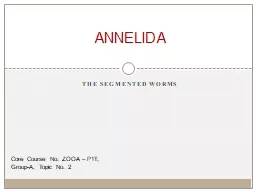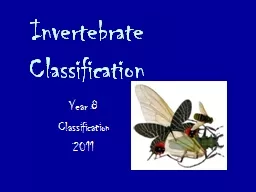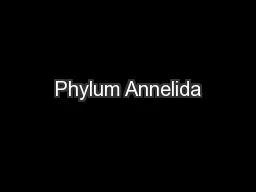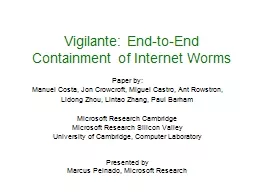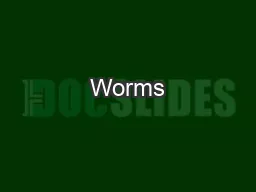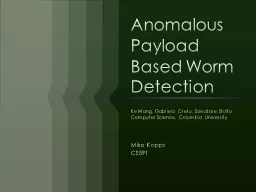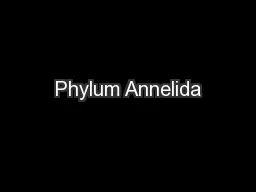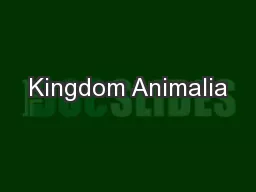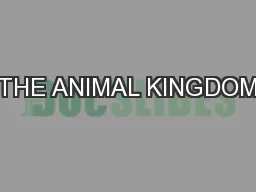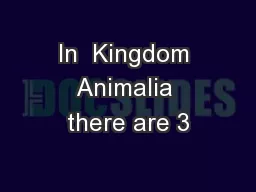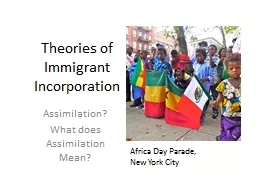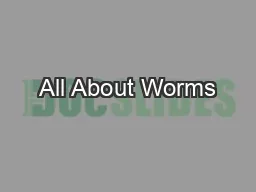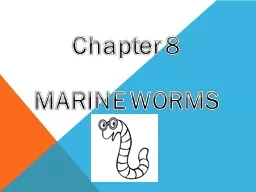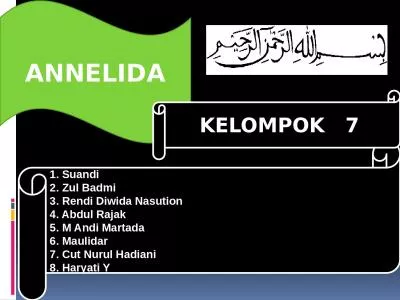PPT-The segmented worms ANNELIDA
Author : Outlawking | Published Date : 2022-08-04
Core Course No ZOOA P1T GroupA Topic No 2 Bilaterally symmetric triploblastic true coelomate animals Body vermiform elongated divided into three regions
Presentation Embed Code
Download Presentation
Download Presentation The PPT/PDF document "The segmented worms ANNELIDA" is the property of its rightful owner. Permission is granted to download and print the materials on this website for personal, non-commercial use only, and to display it on your personal computer provided you do not modify the materials and that you retain all copyright notices contained in the materials. By downloading content from our website, you accept the terms of this agreement.
The segmented worms ANNELIDA: Transcript
Download Rules Of Document
"The segmented worms ANNELIDA"The content belongs to its owner. You may download and print it for personal use, without modification, and keep all copyright notices. By downloading, you agree to these terms.
Related Documents

